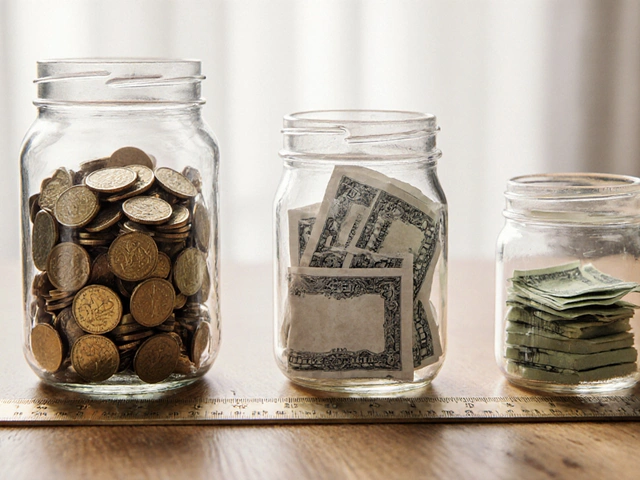Savings Accounts: Boost Your Money with Smart Choices
When working with Savings Accounts, a low‑risk deposit product that lets you earn interest while keeping funds accessible. Also known as deposit accounts, it forms the backbone of personal finance in India. If you’ve ever wondered why some banks promise higher returns, the answer often lies in how they blend interest rates, account features, and the broader ecosystem of deposit products.
Key Factors That Shape Your Savings
The first thing to check is the Fixed Deposit (FD), a time‑bound deposit offering higher rates than regular savings accounts. While FDs lock your money for a set period, the interest you earn can be substantially better, especially when banks raise their bank interest rates, the benchmark that influences earnings on both savings accounts and FDs. If you’re comfortable with a short‑term commitment, pairing a basic savings account with a laddered FD strategy can keep cash handy and still capture the higher yields.
Another tool in the mix is the Certificate of Deposit (CD), a fixed‑term product similar to an FD but often available through non‑bank channels. In India, high‑yield CDs can outpace traditional savings rates, making them a useful comparison point when scouting the best‑interest offers.
All of these options tie back to how you budget. The popular 50‑30‑20 rule, a simple split of income into needs, wants, and savings works perfectly with a savings‑first mindset. Allocate 20% of your take‑home pay to a dedicated savings account, then decide if the remainder should sit in an FD, a CD, or flow into everyday spending.
Understanding the link between savings accounts and your monthly cash flow is crucial. When you have an EMI or other loan repayment, the amount left over determines how much you can comfortably funnel into a savings vehicle. Managing EMI payments smartly – perhaps by refinancing at a lower rate – frees up extra rupees that can boost your emergency fund or accelerate your FD ladder.
Tax considerations also play a role. Senior citizens often enjoy a higher interest ceiling on savings accounts and FDs, meaning the effective yield after tax can be noticeably better. Meanwhile, regular accounts may be subject to TDS if interest exceeds ₹10,000 in a fiscal year. Knowing these thresholds helps you decide whether to spread money across multiple accounts or concentrate it in a high‑interest, tax‑advantaged product.
Digital banks are shaking up the scene with zero‑fee savings accounts that offer near‑market rates, usually higher than legacy banks’ base offers. They often pair the account with a micro‑FD feature, letting you lock away spare change automatically. This kind of automation aligns well with the 50‑30‑20 approach, ensuring the savings slice grows without you having to remember every month.
By now you should see how savings accounts sit at the center of a web that includes FDs, CDs, interest‑rate trends, budgeting frameworks, and loan management. Each element influences the others – higher bank rates make FDs more attractive, which in turn may shift how much you keep liquid in a savings account, and clever budgeting ensures you always have a buffer for emergencies.
Below, you’ll find a curated list of articles that dive deeper into each of these topics. From comparing the best FD rates in 2025 to mastering the 50‑30‑20 rule for Indian households, the collection covers practical steps, real‑world examples, and up‑to‑date data so you can fine‑tune your savings strategy today.

Which Banks Offer the Best 7% Interest Rates for Savings Accounts?
Discover the elusive banks offering 7% interest on savings accounts. The article delves into finding such opportunities, discussing the potential benefits and considerations to keep in mind. Learn useful tips for managing these high-yield accounts effectively. Explore the landscape of savings accounts that can significantly boost your financial growth. Get informed about key factors that define a rewarding savings experience.
View More



